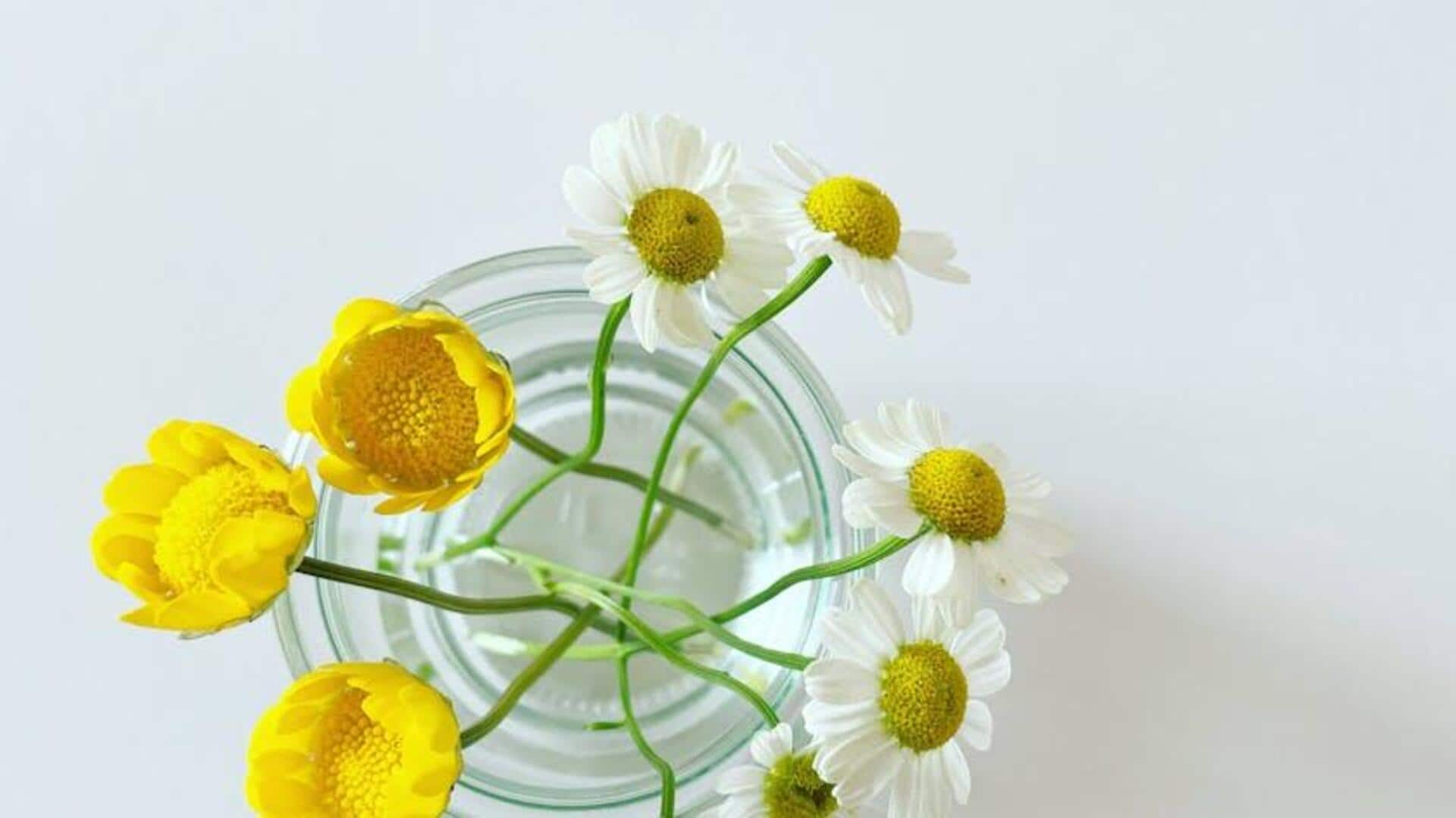
What is ikebana? How to master it?
What's the story
Ikebana, the traditional Japanese art of flower arrangement, emphasizes harmony, balance, and simplicity. Unlike Western floral arrangements, which may focus on abundance and color, ikebana is all about minimalism and the beauty of individual elements. Practicing this art can improve your aesthetic sensibility and mindfulness. Here are some practical tips to help you master ikebana, focusing on essential techniques and principles that define this unique art form.
Tip 1
Understanding the basic principles
At the heart of ikebana are three basic elements: line, balance, and harmony. The line represents movement or direction in the arrangement. Balance is about distributing visual weight evenly without symmetry. Harmony is the overall unity of the composition. Knowing these principles will help you create arrangements that are not just visually appealing but also meaningful.
Tip 2
Choosing the right materials
Selecting appropriate materials is key to a successful ikebana arrangement. Use fresh flowers, branches, leaves, and even twigs that have interesting shapes or textures. Each element should contribute to the overall composition without overwhelming others. Pay attention to seasonal availability as it can influence both color choices and material selection.
Tip 3
Mastering basic techniques
Start by learning basic techniques like the upright style (nageire), which focuses on vertical lines, and the slanting style (shoka), which emphasizes diagonal lines. Practice arranging materials in a way that highlights their natural beauty while maintaining structural integrity. Use tools like kenzan (a pin holder) for stability.
Tip 4
Embracing minimalism
Minimalism is at the heart of ikebana practice. Limit yourself to a few key elements in each arrangement, letting each piece stand out on its own merit. This doesn't mean sacrificing creativity; instead, it challenges you to find beauty in simplicity by focusing on form over quantity.
Tip 5
Practicing regularly for improvement
Like any other skill, mastering ikebana takes time and practice. Dedicate time regularly to create different arrangements with varying themes or materials each time you sit down for this meditative activity. Over time, you'll develop an intuitive sense of balance between elements within your compositions, making every piece unique yet cohesive overall.